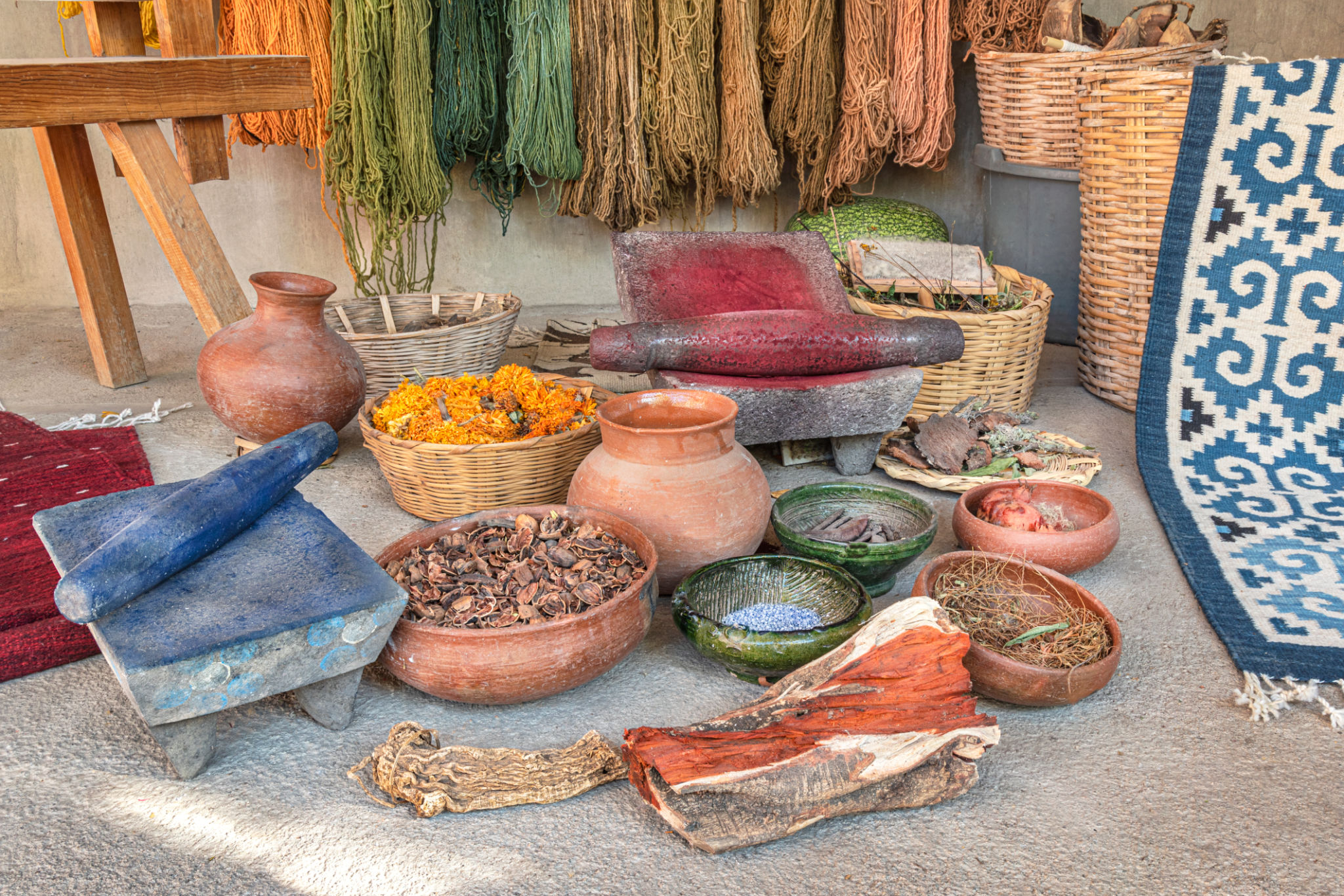DIY Natural Dye Projects for Beginners: Tips and Techniques
Introduction to Natural Dyeing
Natural dyeing is a creative and eco-friendly way to add color to fabrics, utilizing materials found in nature. Whether you’re looking to refresh your wardrobe or create personalized home decor, natural dye projects offer endless possibilities. As a beginner, exploring this craft can be both exciting and rewarding.
In this blog post, we’ll guide you through the basics of natural dyeing, offering tips and techniques to get you started. From selecting the right materials to mastering simple dyeing methods, you’ll find everything you need to embark on your colorful journey.

Choosing Your Dye Source
The first step in natural dyeing is selecting your dye source. Many plants, fruits, and vegetables can produce vibrant colors. Some popular choices include:
- Onion skins: Create rich yellows and oranges.
- Avocado pits: Offer soft pinks and peaches.
- Red cabbage: Produces shades of blue and purple.
- Turmeric: Provides a bright yellow hue.
Experimenting with different materials can yield a broad spectrum of colors. Feel free to explore your garden or pantry for inspiration!
Preparing Your Fabric
Before dyeing, it’s important to prepare your fabric to ensure the dye bonds properly. Start by washing the fabric with a gentle detergent to remove any residues. This step is crucial for achieving even color absorption.
Next, treat the fabric with a mordant, a substance that helps fix the dye to the fibers. Common mordants include alum, iron, and vinegar. The choice of mordant can affect the final color, so experimentation is key.

Creating Your Dye Bath
Once your fabric is ready, it’s time to create the dye bath. Chop or crush your chosen dye source and place it in a pot of water. Simmer the mixture for at least an hour to extract the pigment. The longer you simmer, the more intense the color will be.
After simmering, strain out the plant material using a fine sieve or cheesecloth. You should be left with a richly colored liquid ready to transform your fabric.
Dyeing Techniques
There are various techniques you can try when dyeing your fabric, each offering unique effects:
- Immersion dyeing: Submerge your fabric completely in the dye bath for an even color distribution.
- Tie-dyeing: Use rubber bands or string to bind sections of the fabric before immersing it in the dye bath, creating patterns.
- Dip-dyeing: Partially submerge sections of the fabric for gradient effects.

Caring for Naturally Dyed Fabrics
To maintain the vibrancy of naturally dyed fabrics, proper care is essential. Wash them separately using cold water and a mild detergent. Avoid direct sunlight exposure for extended periods, as it can cause fading.
Naturally dyed fabrics may change over time, developing a unique patina that adds character. Embrace these changes as part of the natural dye journey.
Conclusion
Diving into DIY natural dye projects is a fulfilling way to express creativity while embracing sustainability. By understanding the basics of selecting materials, preparing fabrics, and experimenting with techniques, you’ll be well on your way to creating beautiful, naturally dyed pieces.
Remember to enjoy the process and allow yourself room for experimentation. Happy dyeing!
